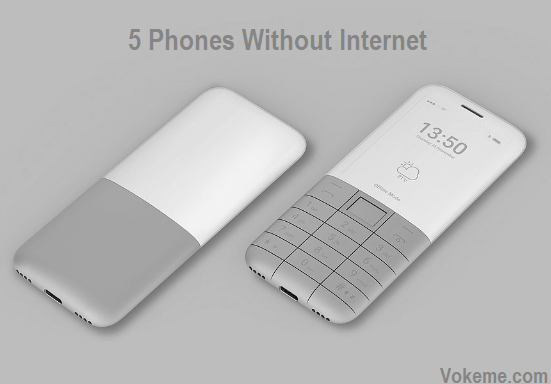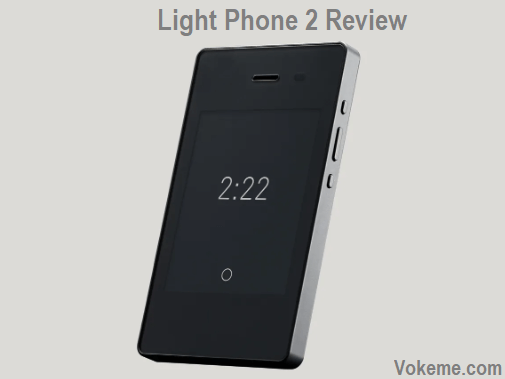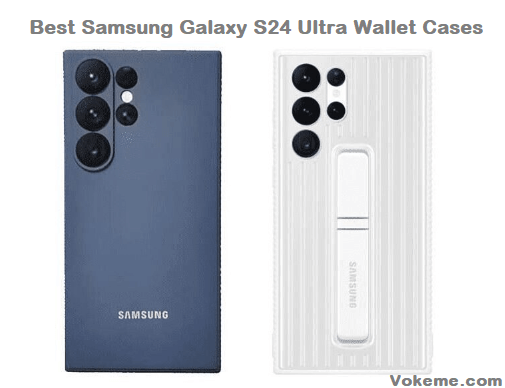Latest Updates
Top 10
Top Best Dumb Phones of 2024
Choosing the best dumb phone is easy because you’re likely not looking for many features. You have to be realistic ...
Yasi
April 6, 2024
Top 10 Smartphones
5 Best Phones Without Internet: Minimal and Dumb Phones
A cell phone without Internet access is the most economical option. Various smartphones are available on the market with valuable ...
Yasi
March 20, 2024
Top 10
Top 9 Best Tablet for Trading Stocks in 2024
A good tablet is useful for trading stocks using Forexsfxgroup, Wall Street, IG, AvaTrade, Webull, and SoFi platforms. This is ...
Yasi
March 13, 2024
Reviews
Light Phone 2 Review 2024
If you’re looking for a straightforward phone that doesn’t constantly demand attention, the Light Phone 2 may be just the ...
Yasi
February 24, 2024
Top 10 Smartphones
Best Dumb Phone with Spotify in 2024
These Dumb phones with Spotify are affordable and easy to use, allowing you to spend less time on your phone ...
Yasi
February 23, 2024
Top Best Accessories
Best Samsung Galaxy S24 Ultra Wallet Cases 2024
The best Samsung Galaxy S24 Ultra cases offer a variety of designs and reliable protection for your phone. To help ...
Yasi
February 16, 2024
Stay Connected
Vokeme
2K+ Followers
Vokeme
1k+ Followers
TechWire
1k+ Subscribers
Top 10 Smartphones
Top 10 Most Selling Phone in the World 2024
Top 10 Smartphones





